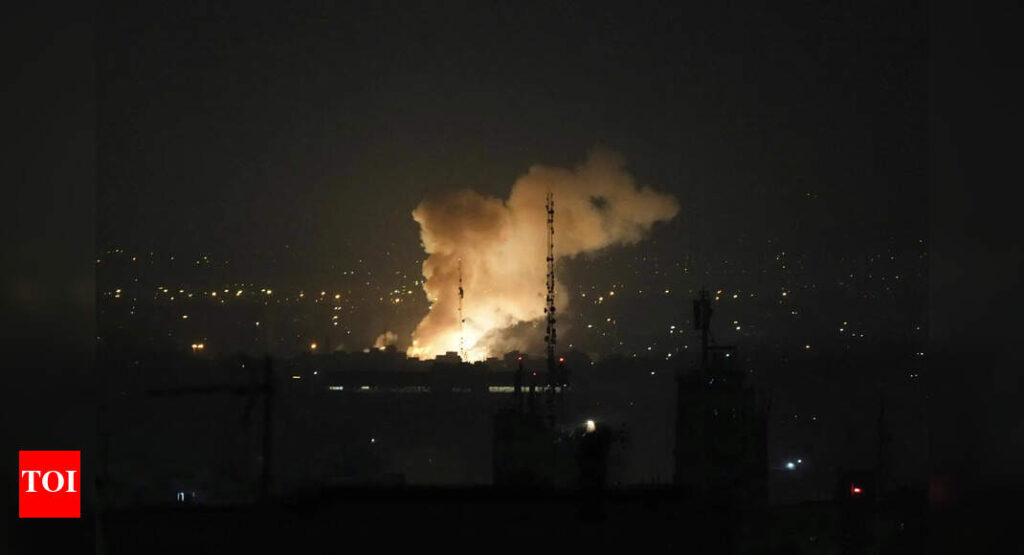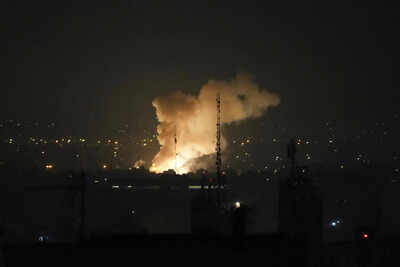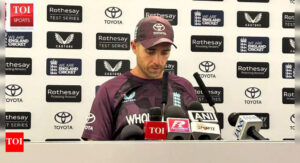Did Israel just cripple Iran’s nuclear program? What we know so far

Israel’s sweeping attack on Iranian nuclear sites early Friday has delivered one of the most severe blows yet to Tehran’s atomic program, killing key military and scientific personnel, demolishing a uranium enrichment plant, and disabling power systems critical to ongoing operations. Experts now say the strike could set Iran’s nuclear ambitions back by months, if not years, reported AP.The attack, widely believed to have been carried out with precision airstrikes and covert intelligence, targeted the Natanz facility, Iran’s oldest and most important uranium enrichment site, located 220 kilometers southeast of Tehran. Israel also reportedly struck near the Fordo facility, buried deep under a mountain, where Iran enriches uranium to near weapons-grade levels.Destruction at Natanz: Centrifuges, power systems hitAccording to Rafael Grossi, head of the International Atomic Energy Agency (IAEA), the Israeli assault destroyed the above-ground section of the Natanz plant where uranium was being enriched up to 60% purity. He confirmed the destruction of the site’s main electric substation, emergency backup systems, and generators, all essential to keeping centrifuges operational, reported AP.Grossi added that while there was no radiation spike or confirmed damage to the buried part of the facility, the power loss likely impacted the underground section. That portion contains around 10,000 centrifuges enriching uranium to 5%, used primarily for nuclear power generation, but also a necessary step toward weapons-grade material.“There’s a good chance of massive damage,” said Fabian Hinz of the International Institute of Strategic Studies. “If the centrifuges were spinning at the time, the shockwaves and power loss could have broken delicate parts.”David Albright, founder of the Institute for Science and International Security, said the attack might delay Iran’s ability to produce a bomb by about a year. “Centrifuges don’t like vibration. These machines are extremely fragile when spinning at high speeds,” he said.Fordo facility: Deep and dangerousWhile Natanz was the primary target, Iranian state-affiliated media reported two explosions near the Fordo nuclear facility, around 100 kilometers southwest of Tehran. Fordo is located under a mountain and houses Iran’s most advanced centrifuges, enriching uranium to 60%, dangerously close to weapons-grade 90%.Experts say Israel likely cannot penetrate the mountain with its current arsenal. “Only the US possesses the massive ordnance penetrators needed to crack open Fordo,” Hinz said. But sabotage remains a possibility.“Israel may try to disable power or block entrances. Even cutting off electricity could ruin the centrifuges,” Albright added.Hitting the human coreBeyond infrastructure, the attack reportedly killed multiple key figures involved in Iran’s nuclear program, both scientists and military officials. Albright noted that Israel has a pattern of “decapitating” Iran’s nuclear expertise. “This is about destroying not just facilities but also the brains behind the project.”Israel has been linked to previous assassinations of nuclear scientists and cyberattacks on Iranian infrastructure, including the Stuxnet worm in 2010.No radiation spike, but toxic risks remainGrossi assured the UN Security Council that there were no changes in radiation levels. Experts say uranium itself poses little immediate threat unless ingested in large amounts, comparing the exposure to that of taking several long-haul flights.However, the real hazard may come from fluorine, used to turn uranium into uranium hexafluoride gas during enrichment. The highly volatile substance can burn skin and damage lungs if released.“If fluorine was released in the strike, it could have been deadly for those nearby,” said Albright.What comes next?Iran maintains that its nuclear program is for peaceful purposes, but international regulators have warned that it now holds enough enriched uranium to build several bombs if it chooses to. The program has accelerated sharply since 2018, when the US exited the nuclear deal with Tehran.In the aftermath of the Israeli assault, Prime Minister Benjamin Netanyahu issued a stark warning, “The attacks will continue for as many days as it takes to remove this threat.”With growing signs of Israeli precision and deep intelligence into Iran’s nuclear infrastructure, experts say this could be the beginning of a longer, covert campaign.“This was not a one-off,” said Hinz. “It’s a new phase in an old war, one that could redefine the nuclear balance in the region.”






